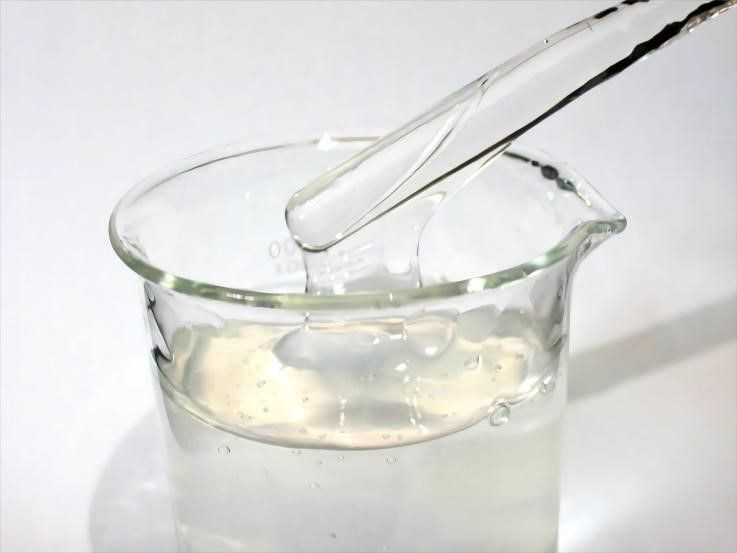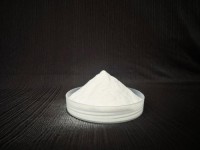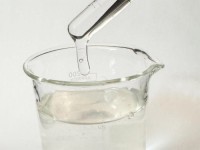


Quality standards
|
Indicator Model Projects |
60QG |
65QG |
75QG |
|
Methoxy wt% |
28.0-30.0 |
27.0-30.0 |
19.0-24.0 |
|
Hydroxypropoxy wt% |
7.0-12.0 |
4.0-7.5 |
4.0-12.0 |
|
Gel temperature |
58-64 |
62-68 |
68-75 |
|
Moisture wt% |
≤5.0 |
||
|
Ash wt% |
≤1.0 |
||
|
PH value: 1% solution,25°℃ |
4.0-8.0 |
||
Note: In the 60QG grade, 60 is the gel temperature, and the other grade combinations are so on (QG is the prefix of the Chinese pinyin of the "Wall Solid" company
Viscosity specifications
|
type |
specification |
Range MPA. S |
|
Low viscosity |
25 |
20-30 |
|
50 |
40-60 |
|
|
100 |
80-120 |
|
|
High viscosity |
4000 |
3500-5600 |
|
12000 |
10000-14000 |
|
|
Extremely high viscosity |
20000 |
17000-22000 |
|
30000 |
27000-32000 |
|
|
40000 |
37000-42000 |
|
|
60000 |
58000-65000 |
|
|
100000 |
4100-5600* |
|
|
200000 |
|
Note: The viscosity value is the viscosity of the 2% aqueous solution at 20 °C.
In addition, it can also meet the corresponding needs according to the different viscosity requirements of users.
Physical and chemical properties
1. Appearance: white or off-white powder.
2. Granularity: 80 mesh pass rate is 100%.
3. Carbonization temperature: 280-300°C.
4. Apparent density: 0.25-0.70g/cm³ (usually around 0.5g/cm²), specific gravity 1.26-1.31.
5. Discoloration temperature: 190-200°C.
6. Surface tension: 2% aqueous solution is 42-56dyn/cn.
7. Solubility: soluble in water and some organic solvents, such as ethanol/water, dioxide, etc. Aqueous solutions are surface-active. High transparency, stable performance, different specifications of product gel temperature is different, solubility changes with viscosity, the lower the viscosity, the greater the solubility, different specifications of HPMC have certain differences in their properties, HPMC dissolution in water is not affected by PH value.
8. With the decrease of methoxy content, the gel point increases, the water solubility decreases, and the surface activity also decreases.
9. HPMC also has the characteristics of thickening ability, salt discharge, low ash content, acid-base stability, water retention, dimensional stability, excellent film-forming, and a wide range of enzyme resistance, dispersion and adhesion.
The main purpose:
This product is industrial-grade HPMC, which is mainly used as a dispersant in the production of polyvinyl chloride and is the main auxiliary for the preparation of PVC by suspension polymerization. In addition, it is used as thickener, stabilizer, emulsifier, excipient, water retention agent, film-forming agent and so on in the production of petrochemical, building materials, paint remover, agricultural chemicals, ink, textile printing and dyeing, ceramics, papermaking, cosmetics and other products. In the application of synthetic resin, the obtained product has the characteristics of regular, loose, suitable specific gravity and excellent processing performance, so as to basically replace gelatin and polyvinyl alcohol as dispersants. In addition, in the construction process of the construction industry, it is mainly used in mechanized construction such as wall masonry, stucco whitewashing, caulking, etc.; Especially in decorative construction, it is used as pasting tiles, marble, and plastic decoration, with high pasting strength, and can also reduce the amount of cement. It is used as a thickener in the coating industry, which can make the coating bright and delicate, no depowdering, and improve leveling performance. It can be used in whitewashed gypsum, bonded gypsum, caulking gypsum, and water-resistant putty to significantly improve its water retention and bonding strength. It can also be used for functional pottery
Porcelain, metallurgy, seed coating agent, water-based ink, cosmetics, electronics, printing and dyeing, papermaking and other fields.
Dissolution method:
1. Take the required amount of hot water, put it in a container and heat it to above 85 °C, and gradually add this product under slow stirring, the cellulose floats on the water surface at first, but is gradually dispersed by the water to form a uniform slurry, which is cooled under stirring until it is transparent.
2. Or heat 1/3-2/3 of the water to more than 85 °C, add cellulose to obtain hot water slurry, then add the remaining amount of cold water, keep stirring, and cool to about 20 °C to obtain the mixture.
3. The number of cellulose mesh is fine, and it is a separate small particle in the evenly stirred powder, which is quickly dissolved after contact with water to form the required viscosity.
4. Or add cellulose slowly and evenly at room temperature, and stir constantly during the addition process until a transparent solution is formed.
Precautions for packaging, storage and transportation:
Plastic-coated polypropylene woven bag or cardboard drum encapsulation lined with polyethylene film inner bag, net weight per bag (drum): 25.0kg.
Protect from sun, rain and moisture during storage and transportation.